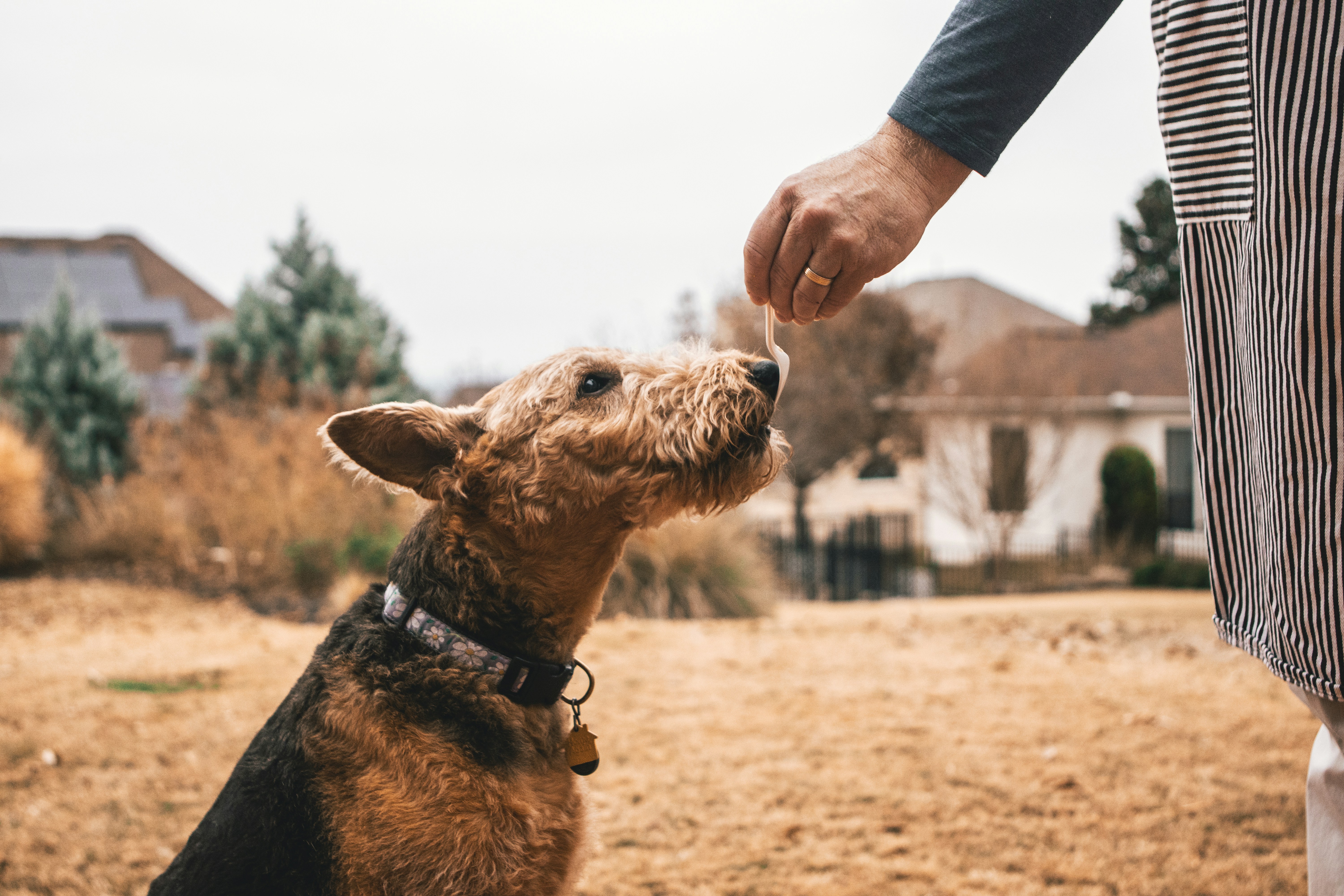Every animal, including pets, has unique personalities and scares; however, unlike humans, they cannot convey it to us. Understanding their fear and signs will not only avoid fearful triggers but also help create a safer, thriving space.
Some common pet fears may include thunderstorms, fireworks, vacuum cleaners, strangers (human or animal), eerie or disturbing environments, car rides, bath time, and medical procedures or visits to the vet.
Remember, pets can be sensitive to many different or minuscule things, which may stimulate anxiety and fear.
Read on to find out the common fears of your pets, signs, and ways to protect them.
Common Things that Frighten Our Furry Companions
Despite their curiosity and confidence, many spooky signals in their surroundings make our little friends afraid or anxious.
Identifying the pet concerns and learning how to calm them is essential to make our furry friends feel safe and comfortable in their environment.
These are some common instances that may frighten your pet.
1. Thunderstorms and Fireworks
One of the most common fears among pets is thunderstorms and fireworks.
The sudden booms and crackles can trigger anxiety and panic in animals, leading to behaviors like hiding, trembling, or excessive barking.
To help alleviate their distress, follow these tips during storms or fireworks displays.
- Prepare a quiet, cozy area where your pet can retreat during storms or fireworks.
- Offer toys or treats to redirect attention away from the noise.
- Play soothing tunes or white noise to mask thunder or fireworks sounds.
- Stay close to reassure pets and provide comfort.
- Consider using ThunderShirts or pheromone diffusers to reduce anxiety.
2. Vacuum Cleaners
A vacuum cleaner’s noisy, whirring sound is enough to send many pets running for cover.
Moreover, the sudden vibrations can be terrifying, especially if they have past negative experiences like being accidentally bumped or chased.
To ease their fear, follow these tips.
- Introduce your pet to the vacuum gradually by letting them sniff and inspect it while it is turned off.
- Reward pets with treats or praise for calm behavior around the vacuum.
- Start with short vacuuming sessions and gradually increase the duration.
- Establish a regular vacuuming schedule so pets become accustomed to the noise over time.
- Schedule playtime during vacuum cleaning to reduce fear.
- Cover your pet’s ears with a fabric wrap or earmuffs to muffle the noise if possible.
3. Strangers
Meeting new people can be challenging for shy pets and those with less socialization experience.
Meanwhile, unfamiliar faces, voices, and smells can trigger fear and defensive behaviors like barking, growling, or hiding.

To help your pet feel more comfortable around strangers, follow these tips.
- Gradually introduce your pet to new people in a calm environment, allowing them to adjust comfortably.
- Use treats to reinforce positive interactions between your pet and strangers.
- Allow your pet to approach strangers at their own choice without pressure.
- Start socializing with your pet early to help it become comfortable with different people.
- Pay attention to your pet’s body language for signs of stress and intervene if needed.
4. Disturbing Environment
In addition to thunderstorms and fireworks, pets dislike other loud noises, such as construction work, sirens, or loud music.
These sudden, unexpected sounds can startle animals and cause them to feel on edge.
To minimize their fear, follow these tips.
- Use soundproofing materials like curtains or rugs to dampen loud noises in your pet’s environment.
- Associate loud sounds with pleasant experiences by scheduling playtime during noisy events.
- Set up hiding spots or cozy dens where pets can feel secure and sheltered from loud sounds.
- Spray calming scents like lavender or chamomile to soothe pets during stressful situations.
- Teach your pet relaxation techniques such as deep breathing or provide massage during those events.
5. Car Rides
While some pets love going for car rides, others find them terrifying.
The sensation of motion, combined with unfamiliar sights and sounds, can trigger motion sickness and anxiety in animals.
To help your pet feel more at ease in the car, take short trips to familiar places and gradually increase the time and distance as they become more comfortable.

Here are some more safety tips.
- Allow pets to explore the car while parked to reduce anxiety about the unfamiliar environment.
- Using medications before travel will help if your pet gets motion sickness regularly.
- Secure pets in a pet carrier or with a harness to keep them safe during travel.
- Be cautious while opening windows and ensure your pet is secure and cannot jump out.
- Provide familiar items such as toys and blankets.
- Use window shades or covers to block out potentially stressful sights outside the car, such as other animals or fast-moving traffic.
6. Bath Time
For many pets, bath time is associated with unfamiliar sensations, strange smells, and wetness.
The sound of running water and the sensation of being confined in a bathtub or shower triggers animal claustrophobia.
To make bath time less stressful for your pet, gradually introduce them to the water and reward them for calm behavior.
Here are more bathing tips.
- Choose pet-formulated shampoos and conditioners to avoid skin irritation.
- Brush your pet’s fur to remove tangles and loose hair before bathing to prevent matting.
- Place a rubber mat or towel in the tub to give your pet better traction and prevent slipping.
- Use lukewarm water to bathe your pet.
- Be gentle when wetting and lathering fur to avoid causing stress or discomfort.
- Avoid getting water and soap in your pet’s eyes and ears during the bath.
7. Medical Procedures
Vet visits are compulsory for every pet. However, 80% of dogs and 85% of cats get frightened at a veterinarian’s office.
The veterinary clinic’s unfamiliar sights, smells, and sensations, combined with the discomfort of medical examinations or treatments, can trigger fear.
Praising and providing delicious treats will help your pet feel more at ease during veterinary visits.
Here are the strategies for making veterinary visits less stressful for your pet.
- Look for veterinary clinics prioritizing fear-free handling techniques and having separate waiting areas for cats and dogs to reduce stress.
- Request to see the same veterinarian or veterinary staff for consistency and familiarity.
- Bring your pet’s favorite toys or treats to distract and occupy them during the visit.
- Offer gentle strokes and a comforting touch to help reassure your pet and alleviate anxiety during the visit.
- Ask for breaks during the examination to allow your pet to relax and decompress.
Conclusion
Furry companions need a loving and nurturing environment to feel more secure and confident.
With patience, empathy, and positive reinforcement, we can help create a world where our pets feel safe, loved, and free from unnecessary fear.
Get connected with Urban Pet Hospital and Resort, the Best Pet Hospital in Des Moines, for more pet care, training, and health tips.